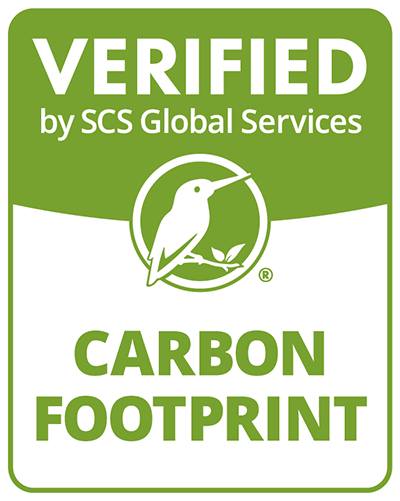
- Home /
- Services /
- Climate Change /
- Product Carbon Footprint

Environmental Certification Team
What is Product Carbon Footprint?
Expertly prepared product carbon footprints provide solid and transparent information about the carbon intensity of your products. SCS offers development of carbon footprints for your products based on ISO 14067, PAS 2050 and WRI GHG Protocol. SCS has over 30 years of experience in Lifecycle Assessment (LCA) and can expertly examine your product carbon intensity over its full lifecycle including raw material extraction, manufacturing, transportation and distribution, use, and end of life disposal. Product carbon footprints can be communicated to your customers and can be used as a basis for pursuing carbon neutral certification once verified. Your downstream customers need to collect information from their supply chains so that they can develop their own Scope 3 inventories. Developing your product carbon footprints will give you the information you need to meet customer requests and manage the carbon associated with your products.
Why Choose SCS?
SCS Global Services has over 30 years of experience working in LCA at the highest level. Our highly specialized and experienced team has a diverse technical background that utilizes the latest software and databases in our work to ensure that the LCAs are complete, accurate, and cost-effective. Completing a carbon footprint for your products puts vital information in your hands about the predominant hotspots in your product lifecycle giving you the critical information you need to reduce the carbon intensity over time.
- Program Details
- Benefits
Eligibility
Product carbon footprints can be used by organizations of all sizes and types, in any location, to assess the climate change impacts of your products and services.
GHG Accounting Across the Entire Life Cycle
Assessing greenhouse gas levels is based on the life cycle of your product or service. Product carbon footprinting involves assessing emissions from all sources of activities including: raw material extraction and processing, manufacturing, transportation and distribution, use, and end-of-life.
Methodologies for Carbon Footprinting
We utilize PAS 2050, WRI/WBCSD GHG Protocol, or ISO/TS 14067 accounting methodology to establish your carbon footprint.
- WRI - The WRI GHG Protocol is an international accounting tool widely used by governments and business leaders to understand GHG emissions. As of 2011, GHG Protocol encompasses two standards that focus on life cycle GHG emissions for products and supply chains.
- PAS 2050 - PAS 2050 was released by the British Standards (BSI) in 2008 as the world’s first product carbon footprint standard. Meeting PAS 2050 will support compliance with ISO/TS 14067 in the future.
- ISO/TS 14067 - ISO recently published ISO/TS 14067 “Carbon footprints of Products,” which covers quantification and communication requirements of GHG emissions associated with products and services.
Levels of impact captured by carbon footprint approaches vary based on the data collected, the impacts included, and the calculation methods used.
Carbon Footprint Labeling
Carbon footprint labeling is also an option for companies who wish to communicate their results to customers and stakeholders. Various carbon footprint labels have been developed by different carbon accounting schemes. Businesses that wish to use a carbon label are required to have their product assessment verified by a third party.
While GHG emissions are often viewed at the organizational level, best practice has been for organizations to extend the scope of their carbon footprints to include the impacts of the goods and services they produce.
Measuring the existing life cycle GHG emissions of your products helps to:
- Identify “hotspots” and related cost/energy saving opportunities
- Evaluate alternative product configurations, sourcing and manufacturing methods, raw material choices and supplier selection
- Report on corporate responsibility
- Meet customer expectations by gaining the metric to manage your product carbon footprint
- Identify environmental risks in the supply chain
- Position yourself to compete in a carbon-constrained economy
- Improve brand recognition and corporate reputation in ethical/new consumer markets


